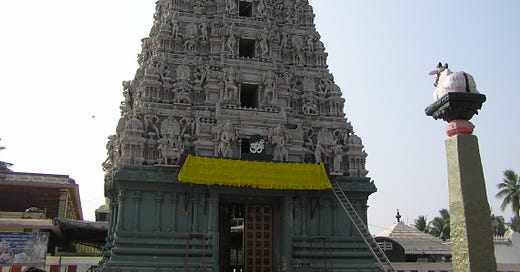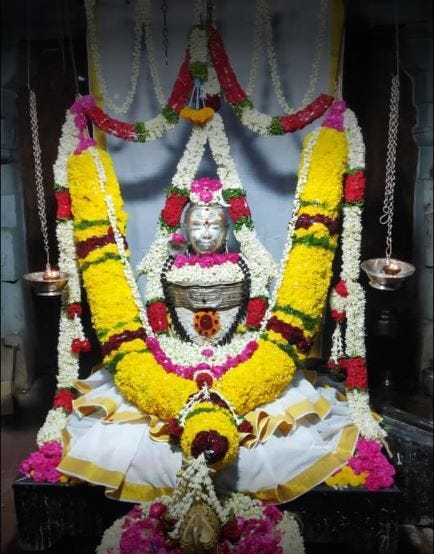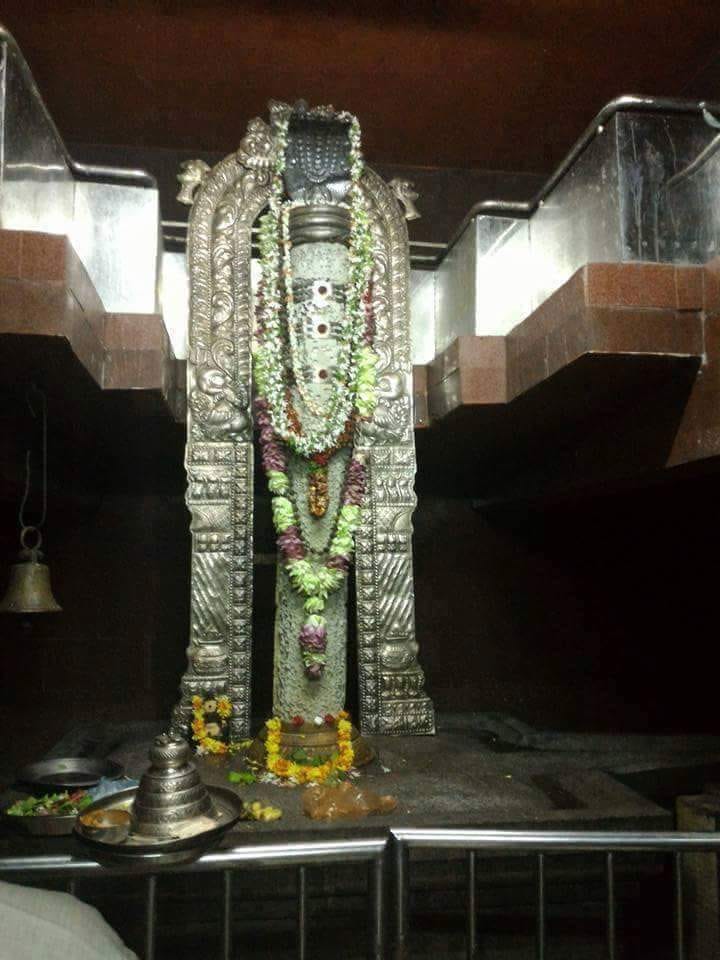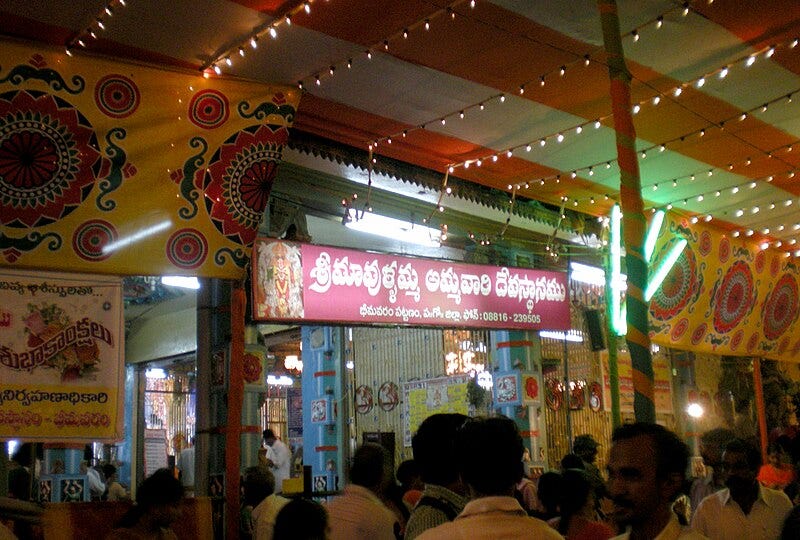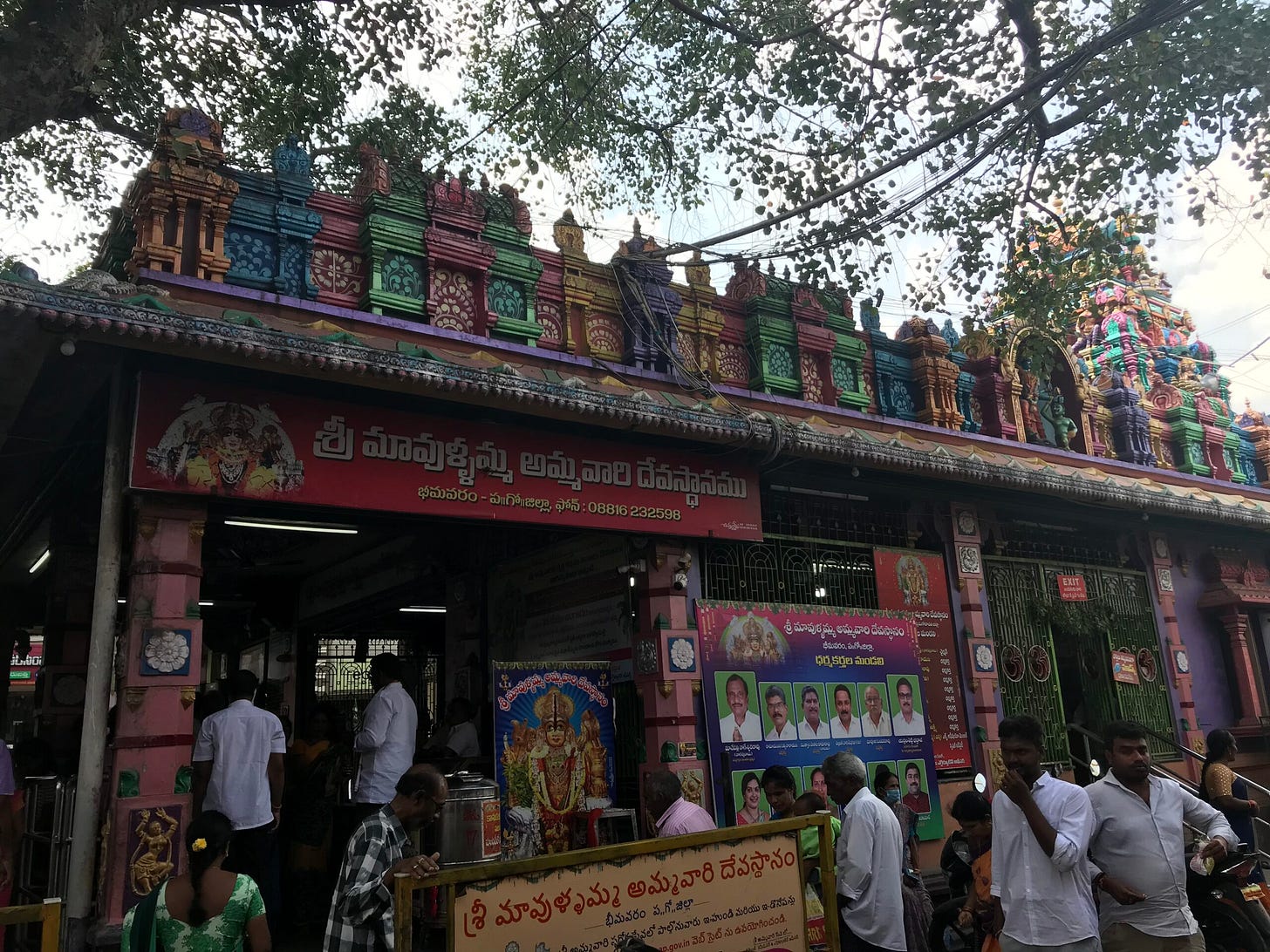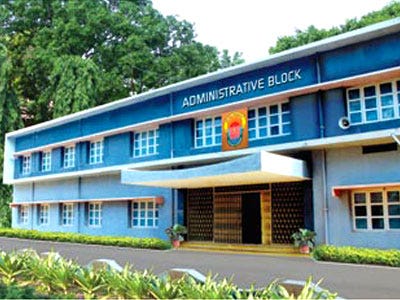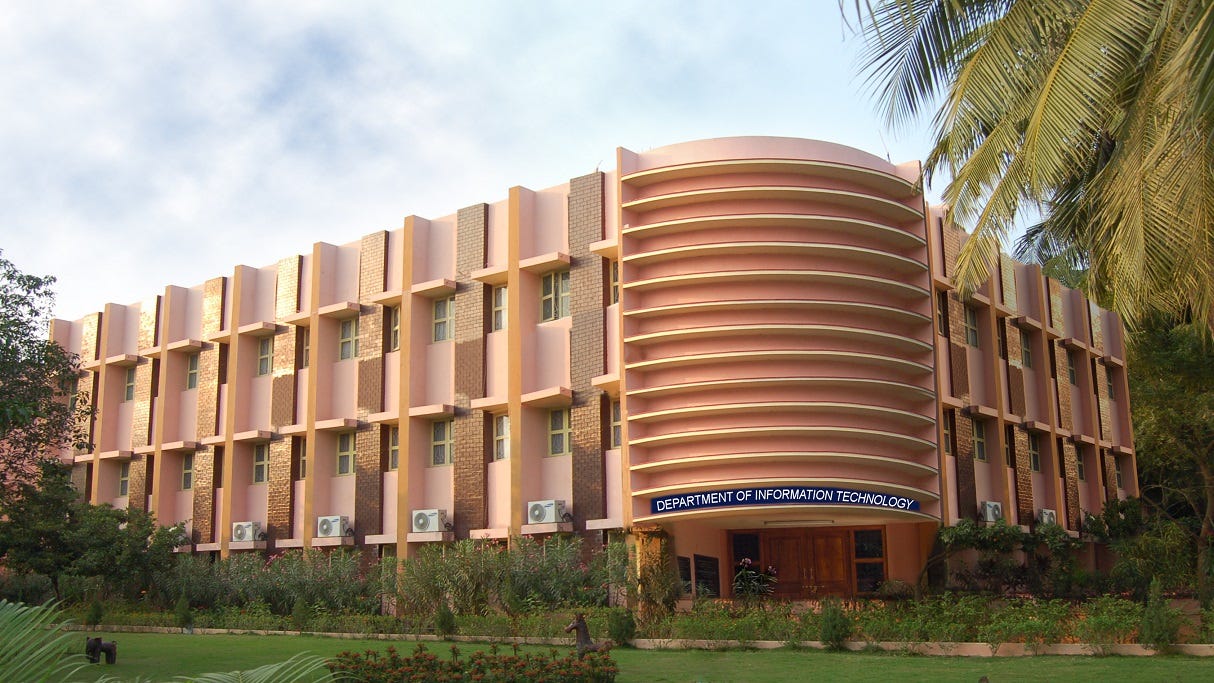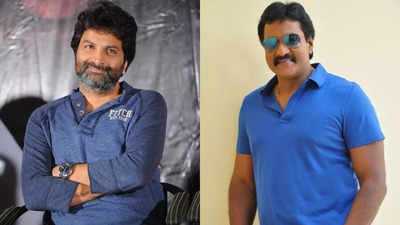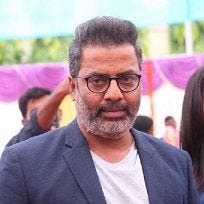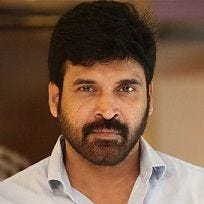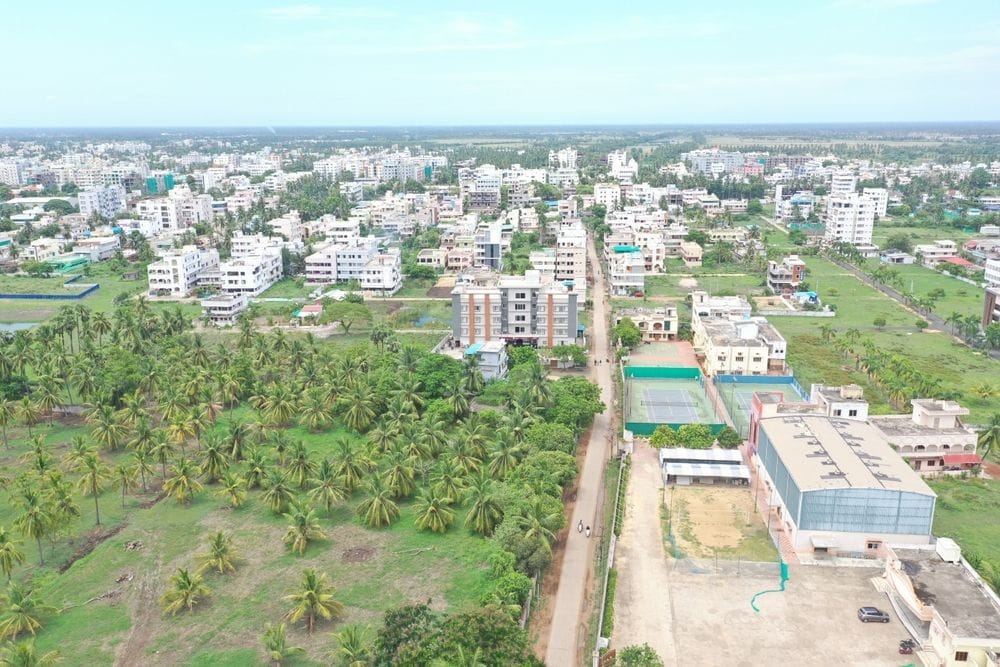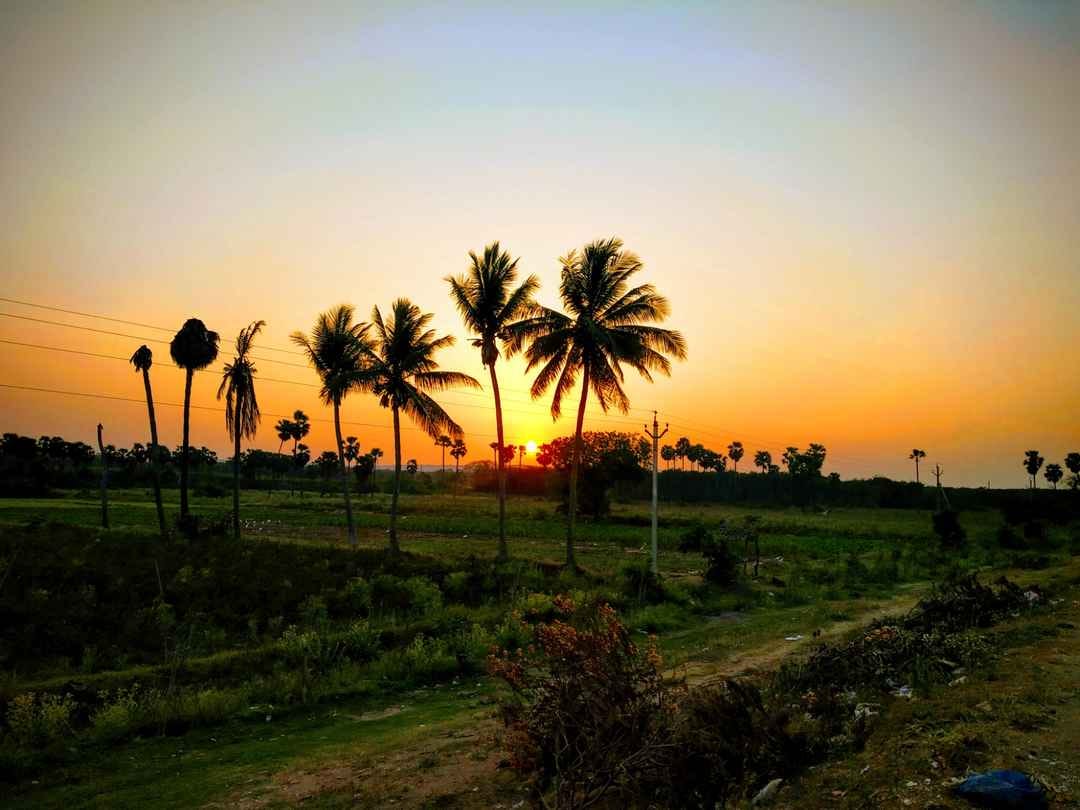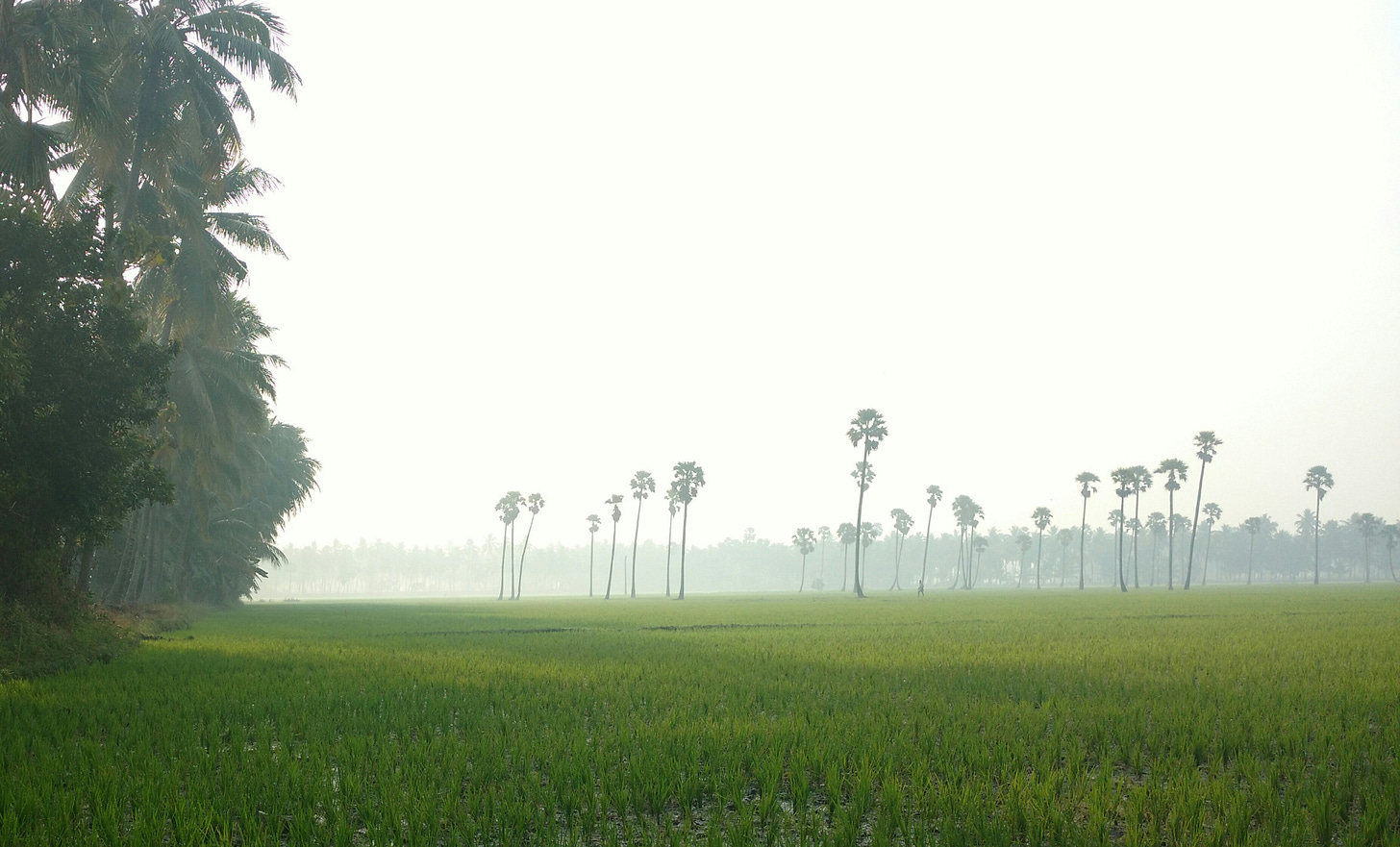Pancharama Kshetras are called so, after the five temples dedicated to Shiva, in coastal Andhra. All Shiva linga at the five temples were apparently, derived from a single linga. Supposedly, this massive Shiva linga was owned by an Asura ruler Tarakasura, which made him practically invincible. It was finally Kumara Swamy who attacked Tarakasura and used his power to kill him. However, Kumara Swamy discovered that the torn pieces of Tarakasura’s body would rejoin, repeatedly, making his efforts go futile. It was then on the advice of Lord Vishnu, to break the Shiva linga which Taraka was wearing into five pieces, that Kumara Swamy could destroy the Asura king. He also cautioned Kumara Swamy, that the pieces of the linga would reunite, and hence should be fixed to the ground.
Soon Swamy, used the Agni-asthra, the weapon of fire, to break the Shiva linga into five pieces, which then Lord Surya erected by fastening them with nails and building temples over them. If one notices the five Shivalingas carefully, they have scaly markings, believed to be caused by the Agni-asthra. Now, the five different temples are collectively called as Pancharamas (five places of rest). These are located at Draksharama, Amaravati( Amararama), Samarlakota( Kumara Rama), Bhimavaram(Somarama) and Palakollu(Ksheerarama).
Shiva is worshipped here as Someswara Swamy, with his consort Rajarajeswari, while the Shiva Linga here is believed to be installed by Chandra himself. As per the Sthala Purana, it’s believed that Chandra was cursed to loose his glow after he desired Tara, the wife of his preceptor Brihaspati. As repentance for his action, Chandra prayed to Shiva, who ordered him to install the Lingam here to redeem of his sins.
The pond in front of the temple is called Chandrakundam and is a beautiful sight with lotus flowers. The Shiva Lingam here changes colors along with the moon phase, on Pournami it appears in a white color, while during Amavasya it appears black in color, while on the other days it has a slightly greyish shade.
One more feature of this temple is that the garbalayam( Sanctum Sanctorum) is divided into two storeys, while Shiva is in the lower floor, the top floor has Annapurna Devi a very rare sight, not usually seen in Shaiva temples.
The temple tank is called Soma Gunda Pushkarini and it’s believed that taking a dip her, removes one’s sins. There is a Nandi atop the Pushkarini, and one can see the Shivalingam from it. However if you see from the rock in front of the temple, you witness Annapurna Devi instead.
There are 5 Nandis in the temple complex, one near the Pushkarini, two in front of the temple, one near the Dwaja Stambham and another in the courtyard, hence the temple is also called as Panchanandiswaralayam.
The temple was built by an Eastern Chalukya ruler Bhima during the 3rd century, hence it is also called as Bhimaramam. The town around the temple is called as Bhimavaram, meaning Bhima’s grant, as he had given grants for the construction of the temple and land around it.
There is a large gopuram at the entrance, and a big hall on the temple’s left side with shrines of Rama and Hanuman. There is a 15 feet tall pillar right in front of the gopuram.
The other famous temple in Bhimavaram is that of Mavulamma, the town’s patron deity, and it’s believed to be one of the most powerful Shakti temples, next to Kanakadurga Temple in Vijayawada. It’s believed that Ammavaru appeared in a dream to Marella Manchiraju, Grandhi Appanna in 1880, and asked them to build a temple for her here. They built the temple in a location having Pancha Deepams, as it was located in a mango grove, she was called as Mamilamma, which later became Mavulamma.
One of the earliest priests was from the Rajaka( Washerman) community, hence there are two Jataras in honor of Ammavaru, one taken out by the Rajaka community, another by the fruits, flowers merchants association of the town.
The Ammavaru in the Garbagruha is flanked by statues of Buddha and Ramakrishna Paramahansa on either side of the entrace to it. The Grama Jathara during month of Jyeshta here, is quite famous, and Navaratri is celebrated equally grandly.
Bhimavaram is one of the main urban centers in West Godavari, and has a large number of literary organizations, which hold book readings, discussions, Kavi Sammelams, Sahitya Sabhas.
It is also an educational center, the DNR group of educational institutions started by Dantuluri Narayana Raju, a freedom fighter, in 1945 is one of the older ones in Andhra Pradesh.
Also the SRKR ( Sagi Ramakrishna Raju) College of Engineering is among the prominent engineering colleges in Andhra Pradesh, established in 1980.
Many renowned people have an association with this town.
The famous painter , writer Adavi Bapiraju, who also took part in the freedom struggle.
The legendary revolutionary Alluri Sitarama Raju was born in Mogallu near Bhimavaram.
The great scientist Dr. Yellapragada Subbarao, who made some of the most significant discoveries in medicine was born here.
Many famous Telugu cinema personalities hail from here, the Rebel Star Krishnamraju, and Prabhas.
Director Trivikram Srinivas, as well as actors Sunil, Raja Ravindra, Shivaji Raja, Subbaraju are all from here.
Located in the picturesque Godavari region, the town is surrounded by lush green paddy fields, coconut groves. And in recent times many Telugu movies too have been shot here, that include Mukunda, Majnu.
Share

